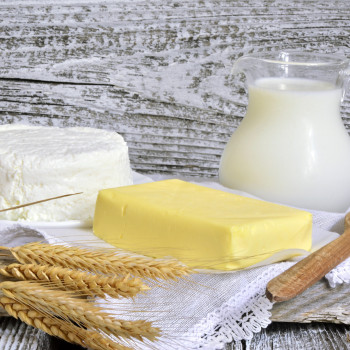Organic milk and meat has 50% more Omega-3; new study finds

Study published in the British Journal of Nutrition states there are clear nutritional differences between organic milk and meat and non-organic alternatives
16 February 2016
A new study published today in the British Journal of Nutrition states organic milk and meat contain around 50% more beneficial omega-3 fatty acids than non-organic. In addition to organic milk and meat, the nutritional differences also apply to organic dairy like butter, cream, cheese and yoghurt. The study is the largest systematic reviews of its kind and led by Newcastle University and an international team of experts.
The study also showed organic meat had slightly lower concentrations of two saturated fats linked to heart disease. What’s more, organic milk and dairy contains 40% more conjugated linoleic acid (CLA), which has been linked to a range of health benefits including reduced risk of cardiovascular disease, certain cancers and obesity, although this evidence comes mainly from animal studies. Researchers also found organic milk and dairy contains slightly higher concentrations of iron, Vitamin E and some carotenoids, however organic milk contains less iodine than non-organic milk.
Speaking about the research, Helen Browning, chief executive of the Soil Association said the research confirms that “what you feed farm animals and how you treat them affects the quality of the food”.
The difference in Omega 3 is because organic animals have to eat a more natural grass-based diet containing high levels of clover. Clover is used in organic farming to fix nitrogen so that crops and grass grow (instead of manufactured/chemical fertilisers), and this research has found that clover also increases the Omega 3 concentrations in meat and milk. Under organic standards, organic cows must eat a 60% fresh grass based diet or hay/silage (conserved grass).
Historic research highlighted that organic milk contained less iodine. However, the industry has taken steps to address this. OMSCo (the Organic Milk Suppliers Cooperative) representing over 65% of the UK’s organic milk supply, announced that in 2015 organic milk had achieved comparable levels of iodine to conventional and in 2016, following recent testing of bottled milk, they announced these levels of iodine have been maintained.



 Print
Print






Fans 0
Followers